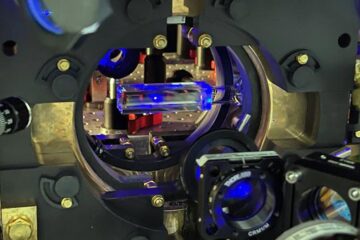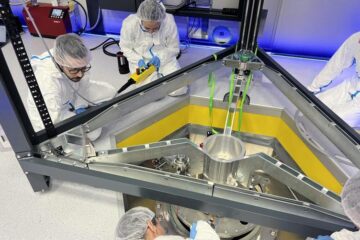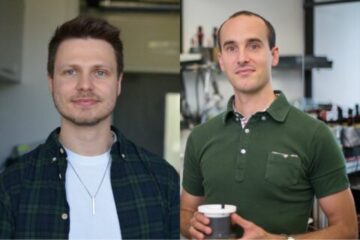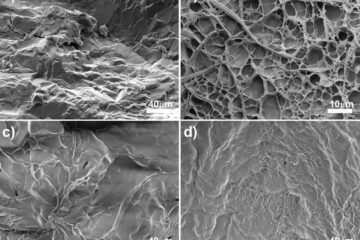Latest News

Major study shows aspirin can cut polyp return in GI cancer patients
Patients who have had colorectal cancer may reduce their risk of suffering a recurrence by taking an aspirin daily, according to a new study conducted by a University of North Carolina at Chapel Hill physician and colleagues around the United States.
The study showed that subjects who took 325 milligrams of aspirin each day had a 35 percent lower risk of developing polyps in their colons during the period examined than did patients who received an inactive placebo. Polyps are considered pre

Target for new lung cancer therapy found in embryonic cell pathway
New work by researchers in the Kimmel Cancer Center at Johns Hopkins may allow them to halt the smoking-induced cellular events that lead to 99 percent of all small cell lung cancers (SCLC). The research is reported in the March 5, 2003, issue of Nature.
The researchers found that a primitive cellular pathway, called Sonic Hedgehog (named for the cartoon character and spiky hairs it develops on fruit flies) stays turned on long after it should be turned off in some lung cancers.
“

With toxic crystals, bacterium targets – and takes out nematodes
Long-time farmers’ friend shows promise against parasitic worms
Roundworms, hookworms, watch out. Scientists this week announced that a soil bacterium’s crystal proteins, long an effective weapon against many insect pests, are toxic to some nematodes, too.
The crystal proteins – created by some strains of Bacillus thuringiensis, more commonly known as Bt – thwart the development of some nematodes and kill others outright. The findings raise the possibility that thes

Overviews at a glance: New visualization software for diagrams
Information overload? It is becoming increasingly important for companies and developers to present complex coherences clearly and concisely. In order to structure the growing amount of information, new methods are being conceived at the man/machine interface. This is where GoVisual software, developed at the international caesar research center, comes into play. It automatically generates a clear layout for a number of different diagrams in a second; particularly for UML (Unified Modeling Language)

Biologists offer distilleries a leaner, cleaner solution
Biologists in Manchester have helped create a breakthrough in alcohol production that could save industry millions of pounds and help clean up the environment.
Many distilleries across Europe still rely on 19th century technology pioneered by Louis Pasteur, so the invention of a vastly more efficient fermenting system offers exciting possibilities.
The technology, developed at Manchester Metropolitan University (MMU), also allows continuous production of the chemical, an improvement from
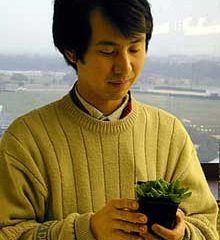
Mutants from a lowly weed may solve maladies
Mutants from a lowly weed. That’s where many solutions to maladies – from salt stress in plants to HIV in humans – may lie in wait for scientists to discover.
“I look for mutants. I take a sick plant and find out what’s wrong,” said Dr. Hisashi Koiwa, Texas Agricultural Experiment Station horticulturist.
It’s the Arabidopsis plant, a common weed, that attracts Koiwa and other researchers because of its simple genetic makeup. Scientists have looked at every nook and cranny of the
